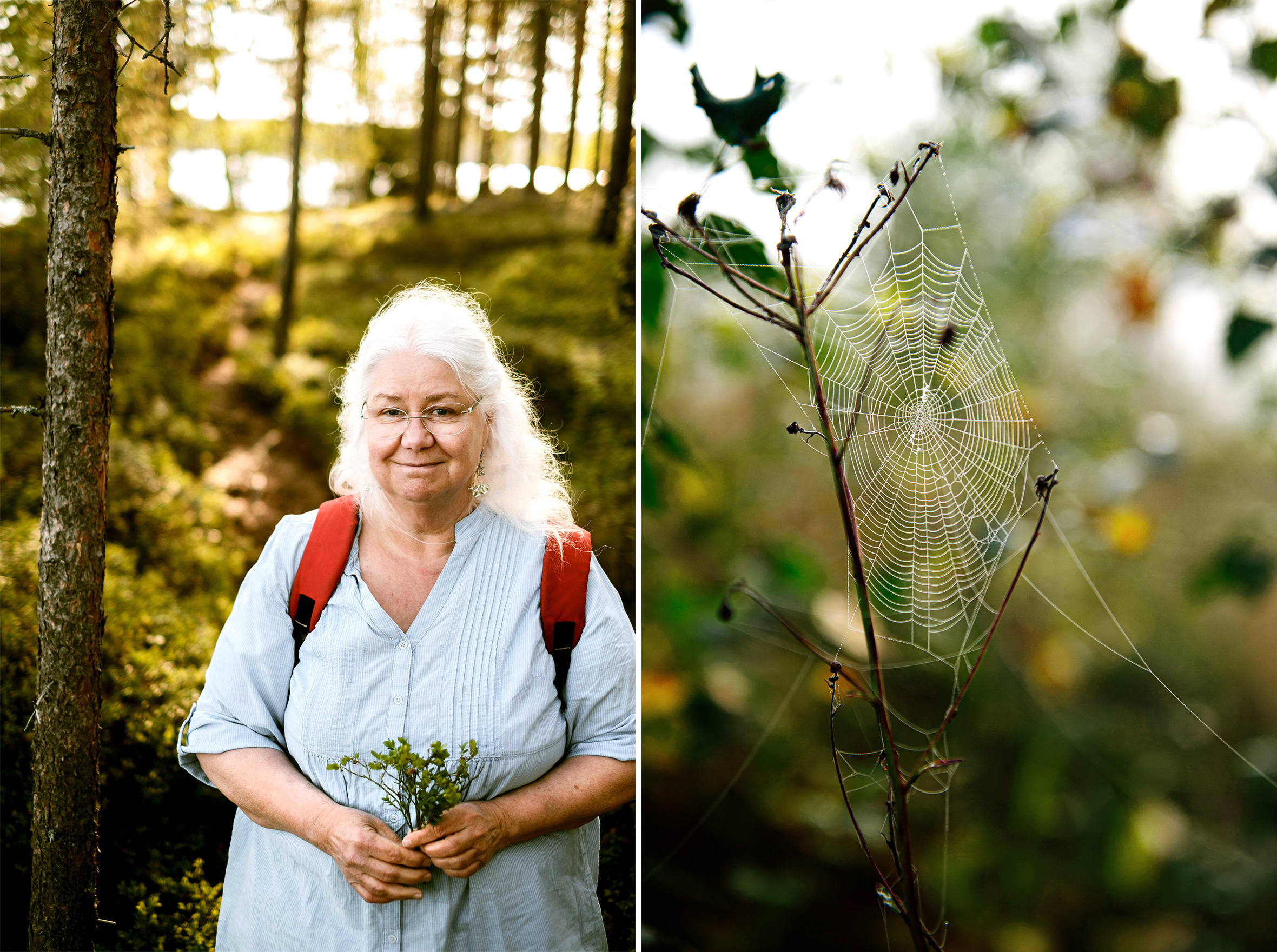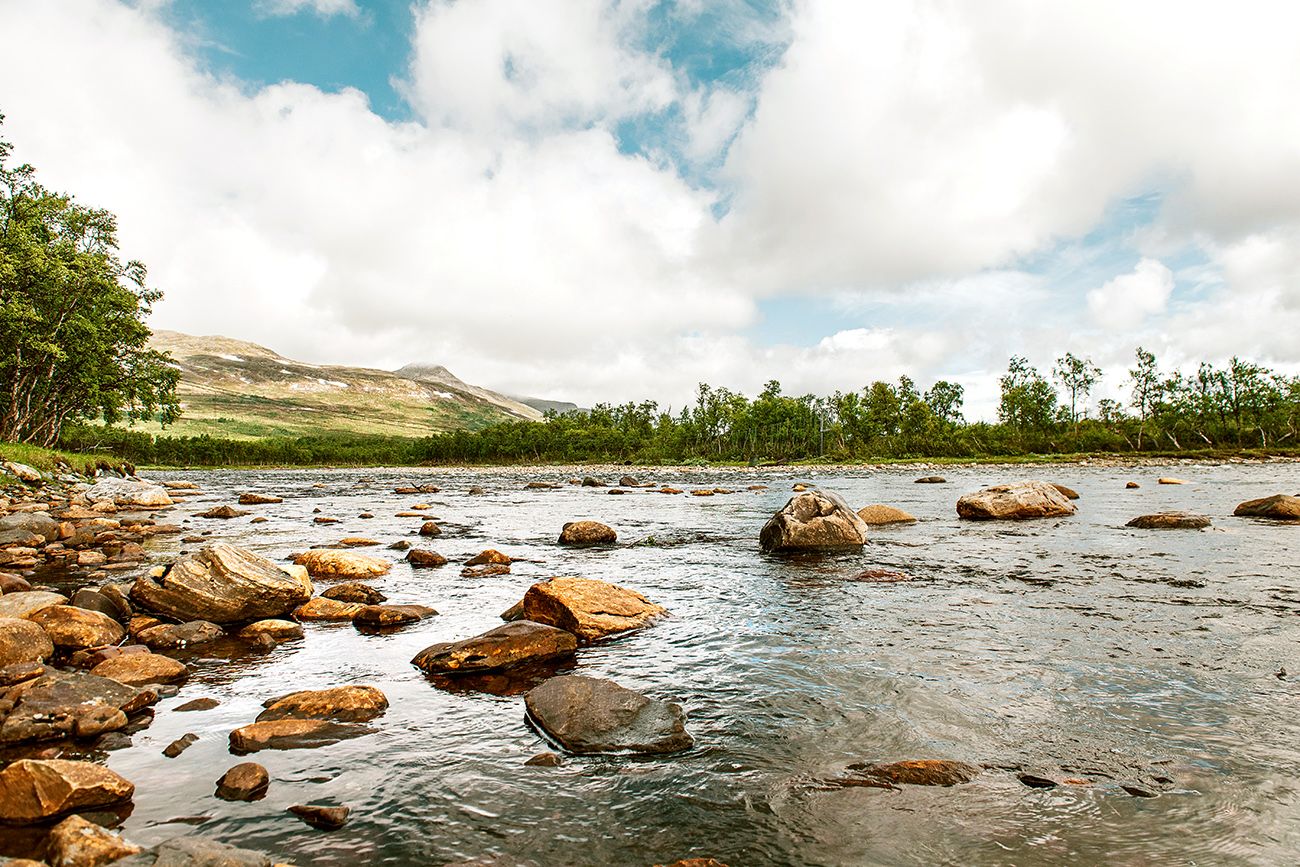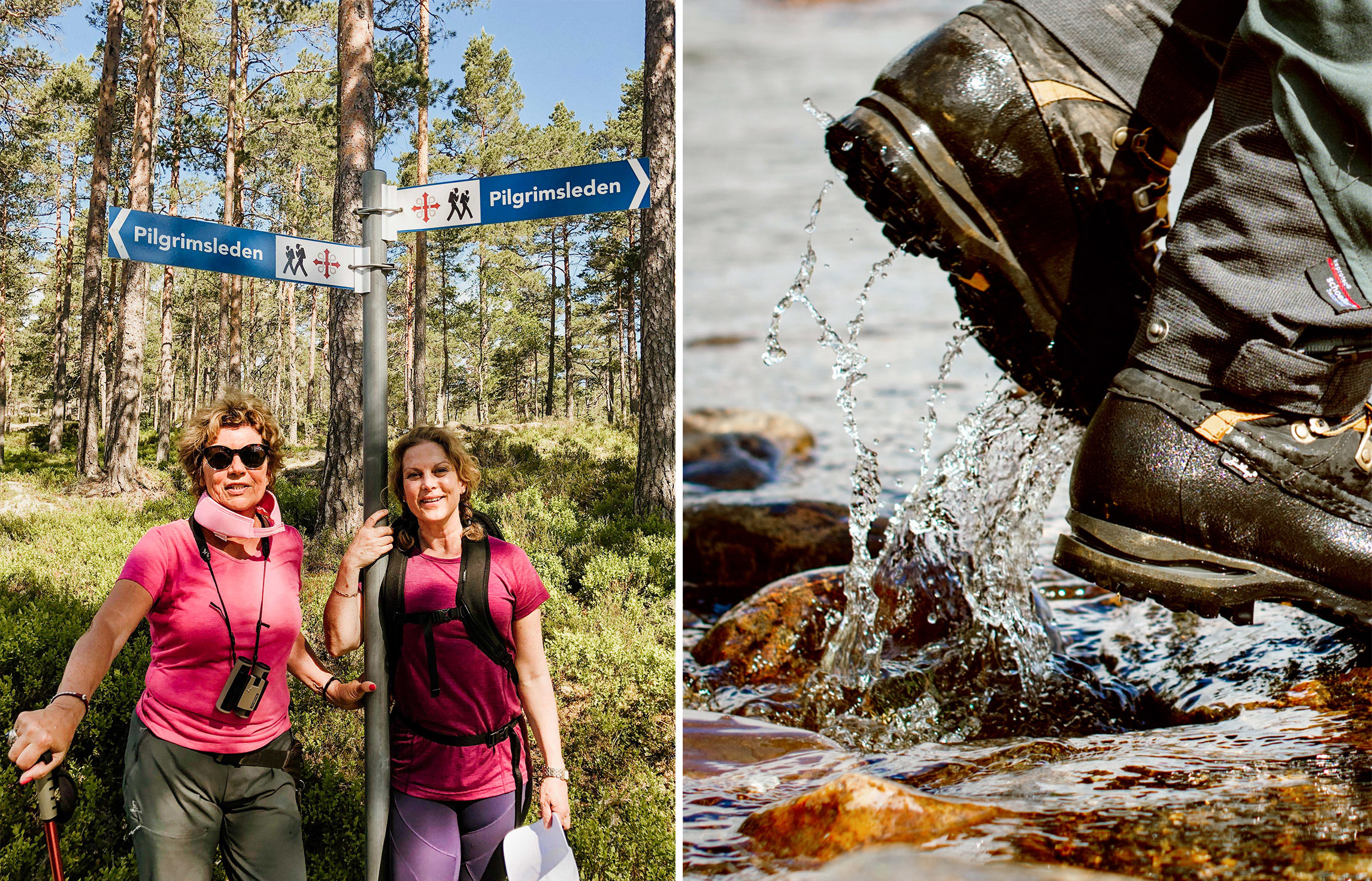Proof of research – Lundhags was right all along
For us at Lundhags, the news that nature is the best wonder cure of all is not new, and yet it has not actually been subject to actual scientific proof until the last few years. So, if you have been waiting to venture out into the woods until you have seen the results of research, you can go ahead now! Researchers at the University of Exeter and other places have shown that people who spend time in nature enjoy both better health and an improved sense of well-being.
In the Nature publication, Scientific Reports, researchers review an enormous study in which 19,806 participants answered questions about their health and how much time they had spent in nature during the previous week, their own yard and garden not included. The study showed a clear relationship between those people who had spent at least 120 minutes in nature and their perception of their health and well-being. The relationship was present in people of all ages. Even in people with health problems.
Dr. Westerlund was the first in Sweden who at the end of the 1800s prescribed exercise for his patients suffering from anxiety issues. In particular, he prescribed mountain air. Human beings have been on the move, “hiking”, for a million and a half years, but it has only been in the last 70 years that it has become a leisure activity. In recent years, it has completely exploded, which is easy to understand given the scientific reports on the subject which have been published. There are many studies, too, in Sweden, which confirm what Dr. Westerlund knew over 150 years ago - that hiking in nature can lower blood pressure, lower anxiety and alleviate depression.
Ann Dolling, Lecturer at the Swedish University of Agricultural Studies (SLU) in Umeå, has been part of a research team studying the relationship between forest/nature and health for 15 years.
 Photo: Victor Lundberg/Linda Svensson
Photo: Victor Lundberg/Linda Svensson
“My area of expertise is the forest and the forest's various properties. Together with my team, incorporating more medical and psychological expertise, participants have reacted/answered questions about their experiences of being in the forest. The results showed that nature and the environment play an important role in how we feel. Ann Dolling quickly lists a few examples of what nature can offer in terms of human health: the brain is given the opportunity to recuperate from stress, blood pressure and pulse both drop, mood improves, recuperation/regeneration and rehabilitation are improved, etc. She explains that this is due to the fact that human beings have actually developed and adapted to living in nature/the forest. And yet, more than 50% of the world's population lives in cities. In Sweden, 87% of the population lives in urban areas.
“We have ‘built away’ nature and our brain has not been able to keep up. Man has to a great extent created an environment where the “old parts” of the brain do not function optimally.
Ok but what is it about nature that makes us feel so good?
-A difference between spontaneous and focused attention is usually mentioned, and it is more spontaneous in nature, which is due to a low level of demands from our surroundings and very few of them. There is sufficient stimuli, so the brain is given the opportunity to rest, and this means that our sensations can become more intense. Maybe we feel the wind in our hair, hear the bird's song, smell the scents of plants, feel the rays of the sun streaming through the branches. On the other hand, whenever we are in town or at work Ann continues, we are forced to continually engage in focused concentration. There are so many demands, so many stimuli and so many decisions that must be made, all the time. In addition, we expose ourselves to situations which cause our defense system (fight or flight) to be activated all too often or to never be switched off, whereby the brain continues to receive signals that it needs stress hormones in order to handle various situations. When we are out in nature, our defense system is not activated nearly as often, and our stress hormone production decreases.

Nature prescribed
According to research at the SLU, we now know that people who suffer from burn-out depression recuperate after spending time in nature. They don't become entirely health just like that, but do improve, and the effect is rather quick. And even healthy, but stressed persons, become calm. Just 40 minutes in the forest is enough to bring down both pulse and blood pressure. By spending time in nature, the human brain is given the opportunity to rest in an environment for which it is prepared thanks to evolution.
What do you hope your research will contribute with?
“That the forest and nature can be prescribed as a remedy to a greater extent than it currently is. We now have so much in the way of research results, not to mention proven experience, to the effect that nature and forests should become generally accepted.
Lotta Byqvist is a journalist and author who, together with Amelia Adamo, has written the book, “Hike & enjoy”. Lotta Byqvist has been hiking since 2007 when she moved from Stockholm to Åre and became completely fascinated by the beautiful nature of the area and all the local opportunities for hiking.

Amelia Adamo and Lotta Byqvist - Photographer: Marianne Brandt
“I discovered that I love seasons when the ground is free of ice and snow, and you can just lace up your boots and get out into nature. Since then, I have been getting out on both shorter and longer excursions - as often as possible. Lotta explains how she feels both calm and energized at the same time as soon as she gets out into nature. How her body fills up with energy and the stress just floats away.
“I feel like I am right in my element. When I haven't been in nature for a while, I get a little depressed and I am just itching to get out there".
What is the best thing about hiking?
“Freedom and the feeling of being one with nature! That it is all so simple and free of demands, a longed-for total contrast to the performance-based society we live in. To hike in the woods feels so…. right. According to Lotta, her whole body experiences the feeling that it is healthy to hike. Her most favorite thing to do is to hike in nature while the worst she can think of is stressing in a shopping mall.
We at Lundhags can only rejoice in the fact that we have been proven right and are excited to continue to create products that will make it easier for people to get out into nature.
Below we list examples of nature's healing force based on a compilation found at forskning.se: Sources: Forskning.se, KI, SLU and Naturvårdsverket (The Swedish Environmental Protection Agency)
- People who live in very green urban environments are healthier than those whose environs are less green. They are lesser stressed, they live longer and run a lower risk for heart disease, high blood pressure, type-2 diabetes and mental health problems.
- Children that are born and grow up in green environments have a decreased risk of low birth weight and obesity later in life.
- Preschoolers with access to spacious, green and varied outdoor environments enjoy better concentration, nighttime sleep, increased well-being and lower rates of infection.
- A Japanese “forest bath” that is, a short, relaxing visit to the forest, has a positive effect on human immunity.
- Breast cancer patients do better with treatment if they regularly visit nature.
- Nature views from hospital beds can lead to patients feeling better and recuperating more quickly. A number of studies have shown that mere images of nature, for example, films or paintings, can function to decrease stress levels and promote health.
- When the brain spontaneously receives an impression of nature, we experience recuperation and reduced stress.

